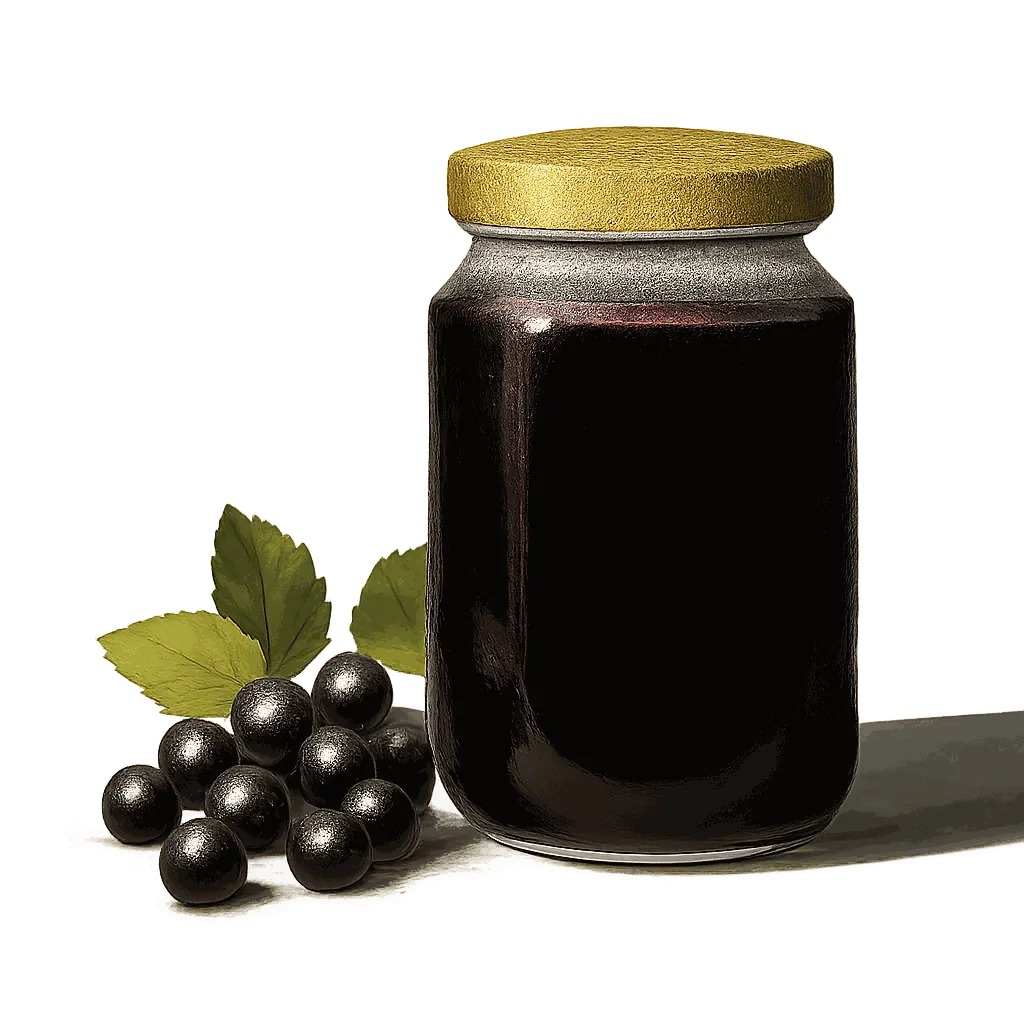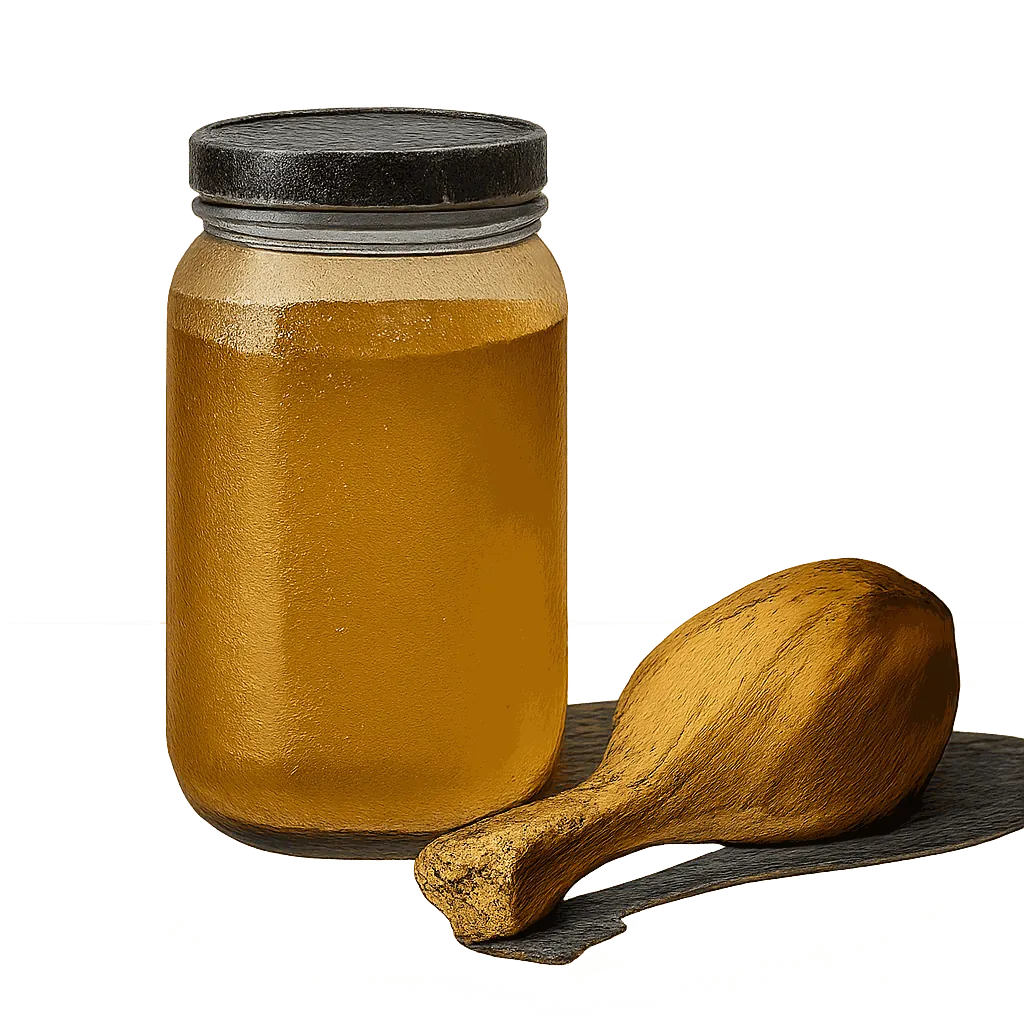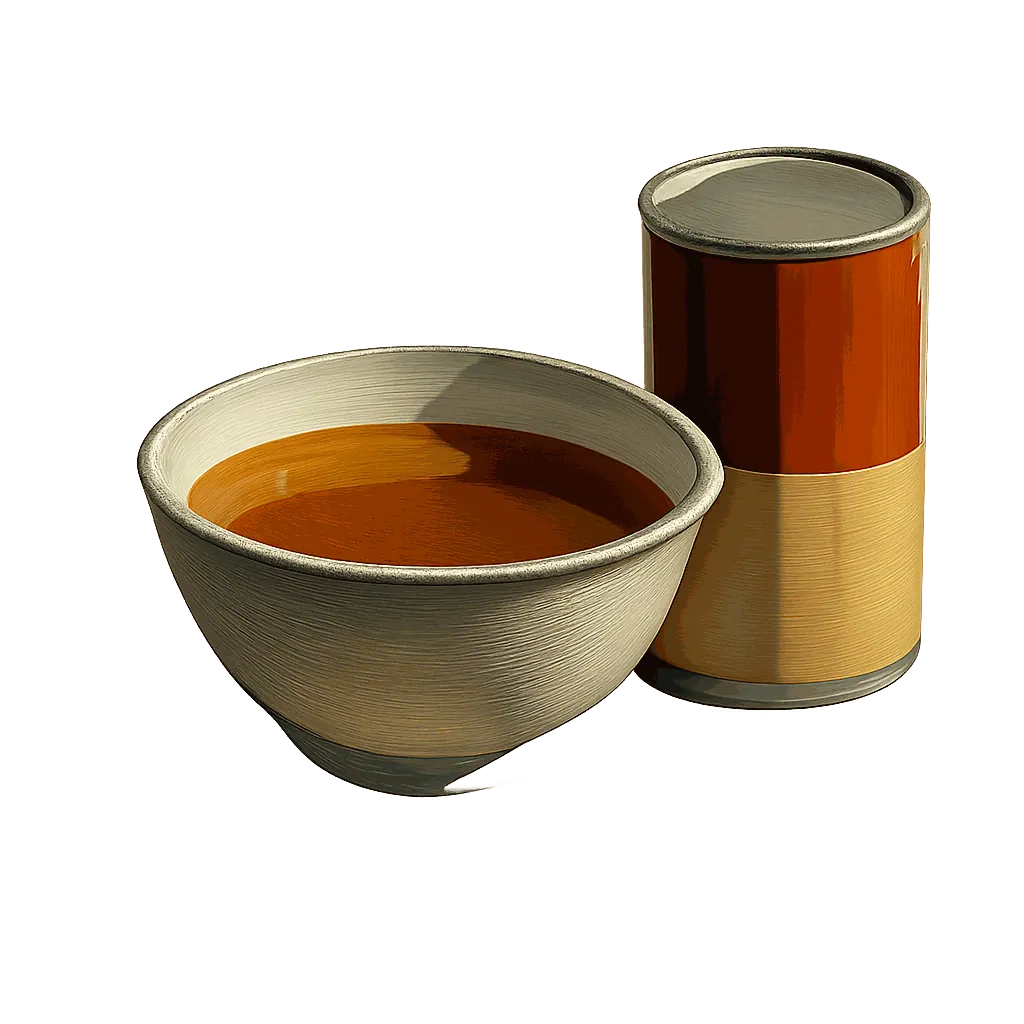Perfect Pairings & Recipes for
Orange Liqueur

Top flavour pairings and orange liqueur recipes, revealed through the hidden methmatics of flavour.
Orange liqueur conjures the evocative embrace of neroli and the bracing kiss of caramel, yet its initial sweetness is only the opening gambit. Beneath lies a sophisticated tapestry of subtle grapefruit, whispers of bergamot, and the woody aroma of cedar. These are the notes that lend it such remarkable, resonant depth. The artistry of the kitchen unfolds when we pair orange liqueur with ingredients that let these nuances sing.
To illuminate these harmonies, we embarked on an ambitious journey, analysing thousands of ingredients. Each was meticulously deconstructed across 150 distinct flavour dimensions, allowing us to pinpoint precisely which notes complement in both classic and unexpected ways. Our analysis reveals, for example, how bicarbonate of soda's chalky tones ground orange liqueur, and how orange bitters's gentian notes create a surprising synergy with its citrusy brightness.
Flavour Profile Of Orange Liqueur Across 150 Dimensions Of Flavour
Flavour wheel chart showing the dominant flavour notes of Orange liqueur: Neroli, Caramel, Bergamot, Cedar, Sugary, Honeyed, Resinous, Grapefruit, Blossom, Maple, Vanillic, Coriander seed, Astringent
An ingredient's flavour profile is determined by its core characteristics (e.g. floral, acidic, and nectarous) enhanced by layers of subtle aroma notes (outer bars). When pairing ingredients, aim for a mix of core traits to build balance, and select complementary aroma notes to create harmony.
Flavour Pairing Method
To understand how flavour notes harmonise, we analysed more than 50,000 popular ingredient combinations. By exploring these pairings, we identified specific flavour notes that frequently occur together, indicating they share a harmonious relationship.
The Flavours That Harmonise With Neroli Notes
Strength of Association Between Flavours
The flavours most associated with neroli notes are: Gentian, Limestone, Ficus, Malic, Raisin, Blackberry, Molasses, Vanilla, Sugary, Tannic, Raspberry, Violet, Cherry, Pear, Plum.
Our analysis reveals a strong connection between neroli and gentian root flavours. Since orange liqueur has a distinct orangey flavour, try pairing it with the gentian flavours of orange bitters.
The recipe below provides inspiration for pairing orange liqueur with orange bitters.
Harmonious Flavours Of Orange Liqueur
Just as our analysis revealed that neroli and gentian flavours are harmonious, we can identify the full profile of flavours that harmonise with each of the flavour accents present in orange liqueur. For instance, the caramel flavours of orange liqueur are strongly associated with cabbagy and rosemary accents.
The aroma notes linked to the various notes of orange liqueur can be seen highlighted in the pink bars below.
Flavour Profile Of Orange Liqueur And Its Complementary Flavour Notes
Flavour wheel chart showing the dominant flavour notes of Orange liqueur: Neroli, Caramel, Bergamot, Cedar, Sugary, Honeyed, Resinous, Grapefruit, Blossom, Maple, Vanillic, Coriander seed, Astringent
Matching Flavour Profiles
The flavour profile of bicarbonate of soda offers many of the aroma notes complementary to orange liqueur, including limestone accents. Because the flavour profile of bicarbonate of soda has many of the of the features that are complementary to orange liqueur, they are likely to pair very well together.
Prominent Flavour Notes Of Bicarbonate Of Soda Are Represented By Longer Bars
Flavour wheel chart showing the dominant flavour notes of Bicarbonate of soda: Limestone, Saline
The chart above shows the unique profile of bicarbonate of soda across 150 dimensions of flavour, while the recipes below offer inspiration for bringing these flavours together with orange liqueur.
Recipes That Pair Orange Liqueur With Bicarbonate Of Soda
Linked Flavour Notes
Looking at the aromas that are most strongly associated with the various flavours of orange liqueur, we can identify other ingredients that are likely to pair well.
Orange Liqueur's Harmonious Flavours And Complementary Ingredients
Orange liqueur's Strongest Flavours
Complementary Flavours
Ingredients with Complementary Flavours
Flavour groups:
Nectarous
Acidic
Floral
Herbal
Spice
Vegetal
Maillard
Earthy
Carnal
The left side of the chart above highlights the aroma notes of orange liqueur, along with the complementary aromas associated with each note. While the right side shows some of the ingredients that share many of the aroma accents complementary to orange liqueur.
Prominent Pairings
Our analysis identifies dishes that pair well with orange liqueur and highlights the prominent ingredient combinations within these recipes. Key pairs include raisin and cinnamon offering fragrant spiciness, pistachio and Medjool date for sweetness, whipping cream and mascarpone for beurreux depth, and egg yolk and double cream for a complex beurreux undertone. Explore these combinations to unlock orange liqueur's hidden complexity, reveal deep nuance, and elevate its vibrant character.
Ingredient Combinations Among Dishes That Pair With Orange liqueur
Flavour groups:
Sweet
Sour
Botanic
Vegetal
Tawny
Bitter
Which Fruit Go With Orange Liqueur?
Choose fruit that anchor its tropicality or carry its citrus floralness. Dried cherry and plum offer vibrant, clean counterpoints, their verdant freshness lifting the palate. Raisin add a gentle, oniony brightness, while mango introduces a sophisticated, anise-tinged elegance.
Alternatively, embrace fruit that harmonise with orange liqueur's floralness. The addition of orange blossom honey, with its subtle gentian notes, can complement the neroli beautifully, while grapefruit lends a clean sweetness.
How Flavonomics Works
We've pioneered a unique, data-driven approach to decode the intricate art of flavour pairing. Our goal is to move beyond intuition and uncover the science of why certain ingredients harmonise beautifully. This rigorous methodology allows us to provide you with insightful and reliable pairing recommendations.
Our analysis begins with over 50,000 carefully selected recipes from acclaimed chefs like Galton Blackiston, Marcello Tully, and Pierre Lambinon. This premium dataset ensures our model distils genuine culinary excellence and creativity.
Each ingredient from these recipes is deconstructed across 150 distinct flavour dimensions, creating a unique numerical "flavour fingerprint." This quantification allows us to apply advanced analytical methods to identify complex patterns between flavour notes.
We identify popular ingredient combinations that frequently appear in our recipe database. Regression analysis is then performed on these pairings to statistically validate and pinpoint truly harmonious flavours.
These insights drive our predictive model, which allows us to take any ingredient (e.g., Orange liqueur), analyse its detailed flavour profile, and accurately reveal its complementary flavours and perfect ingredient partners.
Explore More
Discover more ingredient profiles and expand your culinary knowledge. Each ingredient page offers detailed analysis of flavour profiles, pairing insights, and culinary applications.
The content on our analysis blog is semi-automated. All of the words were manually written by a human, but the content is updated dynamically based on the data.


